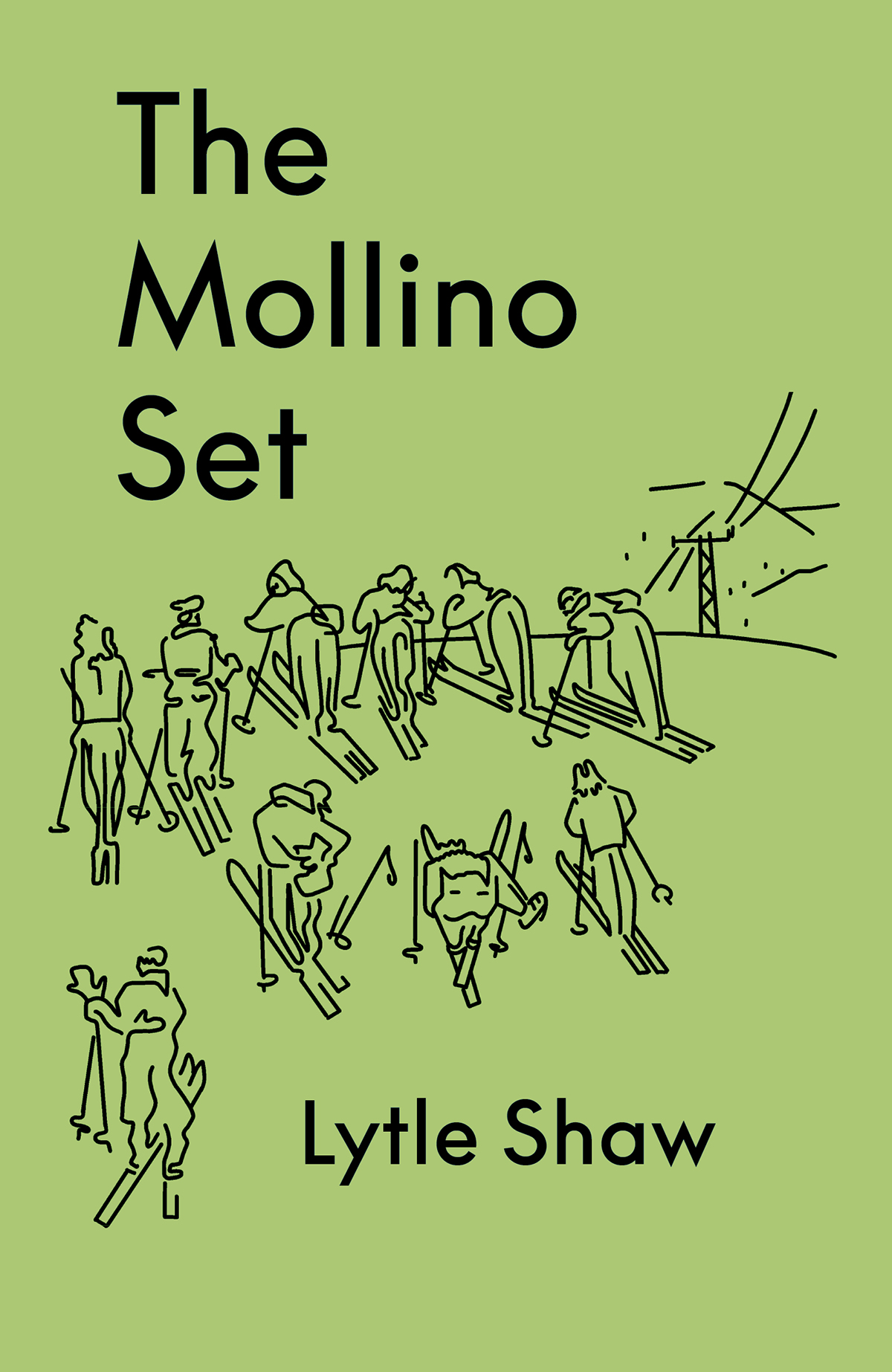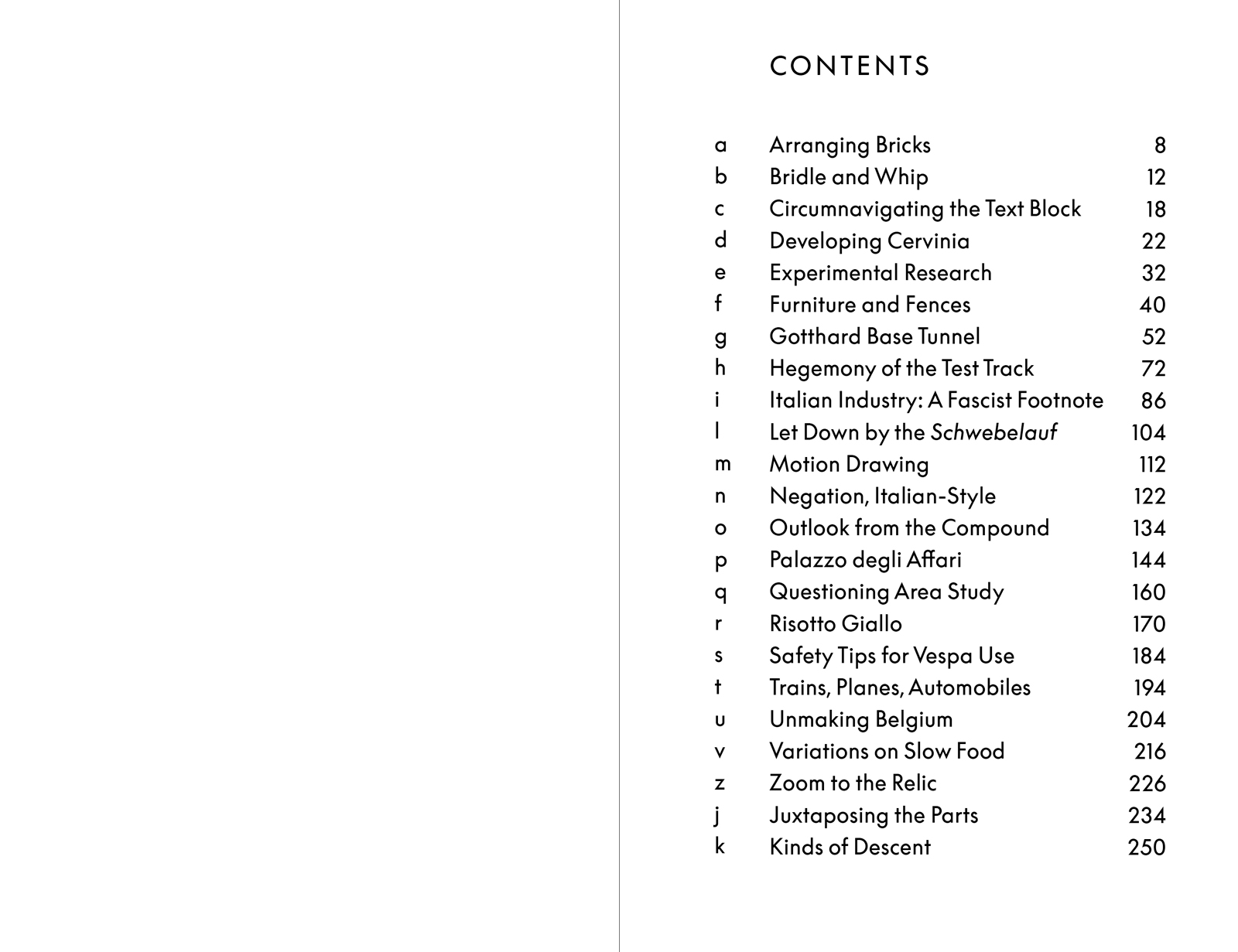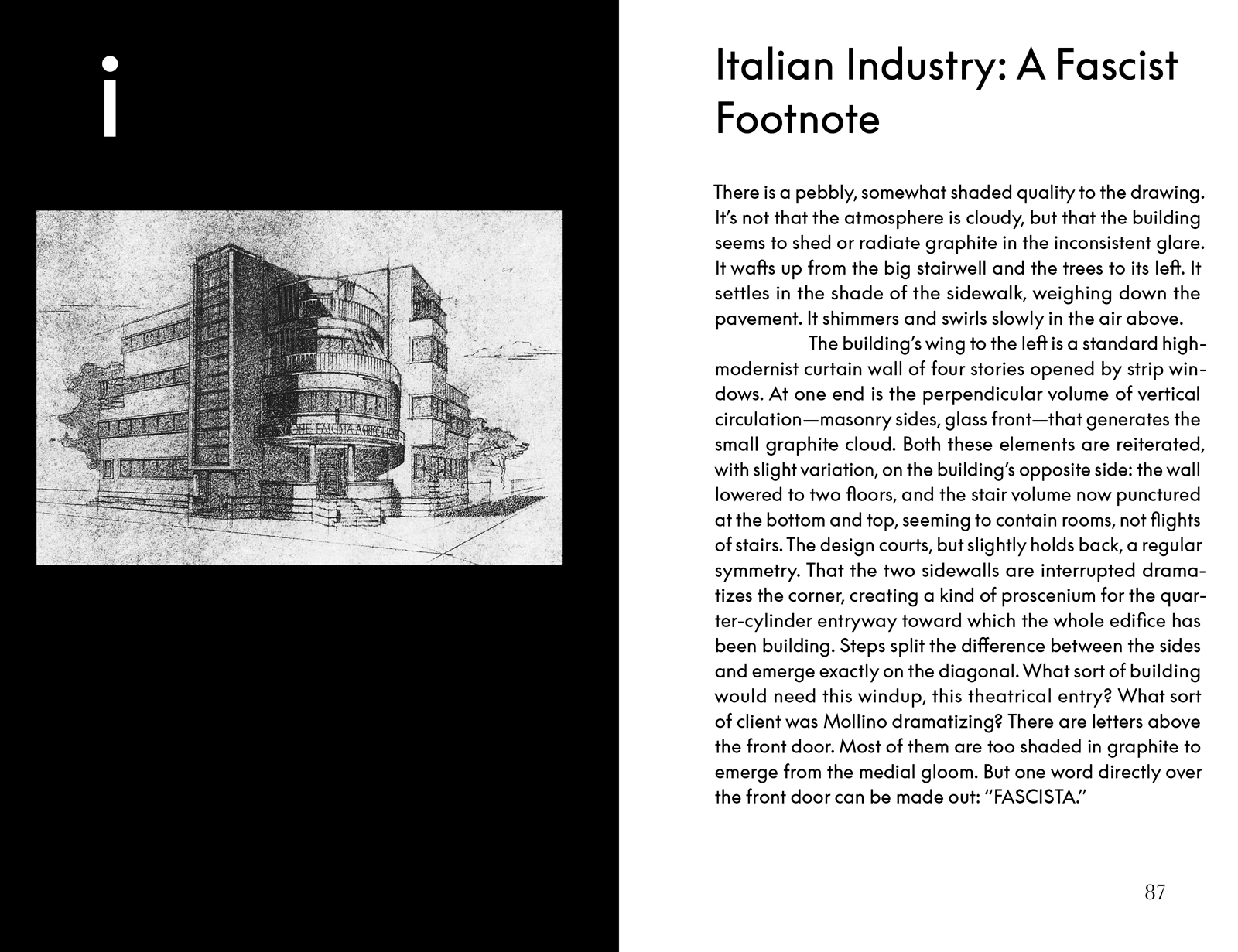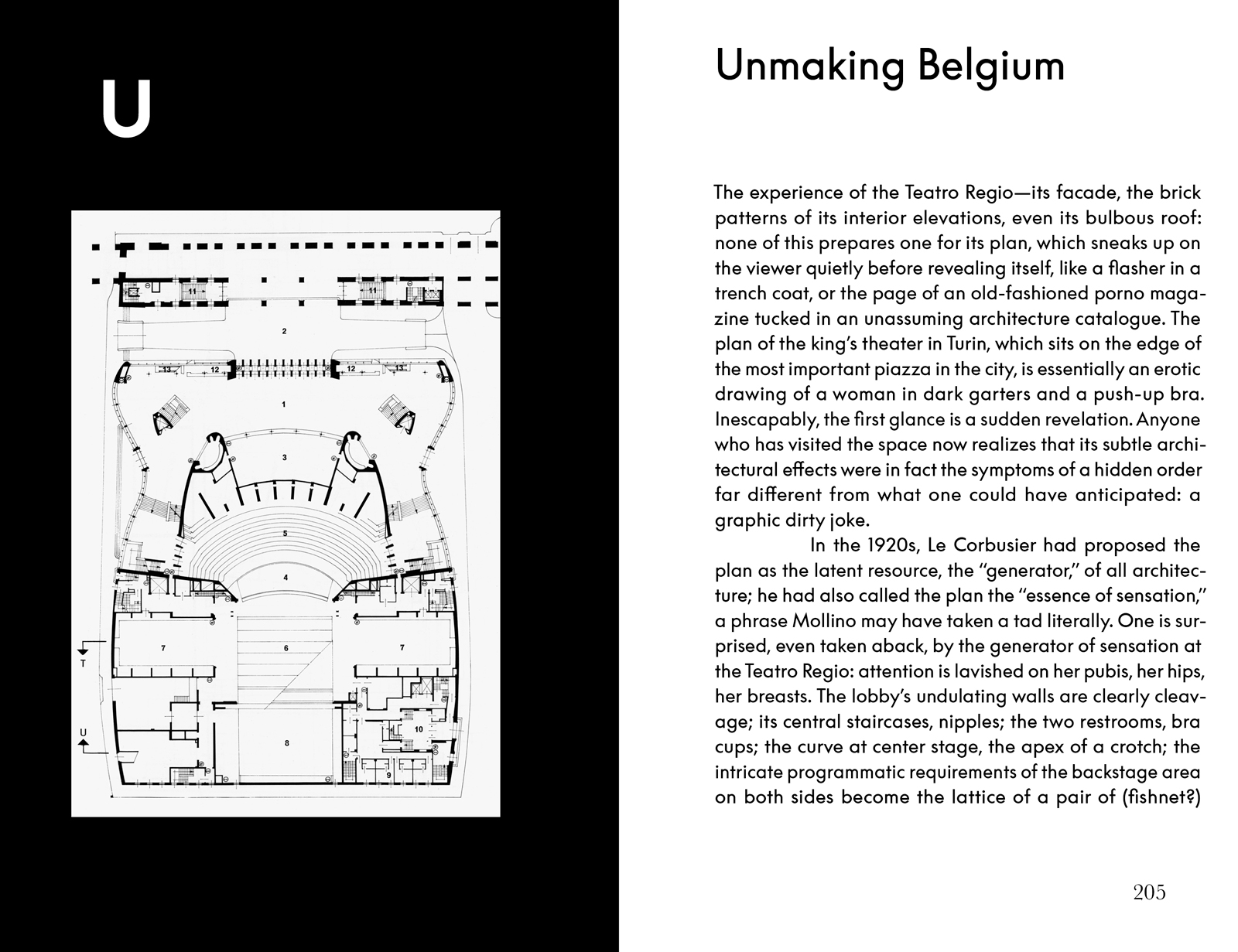
The Mollino Set by Lytle Shaw
Softcover, 256 pages, 5.1 (w) × 7.9 (h) inches
Black-and-white illustrations
Cabinet Books and Rollo Press, 2024
Support independent publishing: $16 directly from us; $14 for subscribers
Ebook also available on our shop: $8
Who is Carlo Mollino? In 1933, he is a twenty-eight-year-old architect who has just received a commission from Mussolini’s regime for his first building: an administrative center for a provincial agricultural federation in Piedmont. Three years later, he is devising the furnishings for a new apartment in his hometown of Turin, marking the beginning of his parallel career as a designer of furniture and interiors. In 1949, he publishes a book on photography—a lifelong passion that in the 1950s would turn in the direction of soft-core pornography—and in the following year, an idiosyncratic technical treatise on Alpine skiing. A car of his design, notable for its asymmetry, is among the entries at the 1955 Le Mans 24-Hour race, and in 1956, he acquires a pilot’s license to indulge his penchant for aerial daredevilry. Alongside all this, Mollino manages to sustain a life in academia, teaching architecture at the University of Turin until his death in 1973—the year that saw the completion of his greatest work, the Teatro Regio.
Who is Lytle Shaw? In 2017, he is a middle-aged professor at New York University and a scholar of some repute who has just received an intriguing offer from a stranger in Belgium to write a text on Mollino’s life and work. Traveling to northern Italy over the course of the next year to conduct what he calls “field research,” Shaw comes to realize that Mollino’s conflicted legacy offers a unique window on the role that postwar Italian politics and culture played in the country’s reimagining of itself as a victim, rather than a proponent, of fascism. But almost from the very beginning, his on-the-ground investigations are stymied by a series of mysterious, and increasingly perilous, incidents that suggest he is but a pawn in a larger game beyond his powers of comprehension. The skein of intrigue begins to unravel, and so does Professor Shaw as he comes to understand that the only way to survive the malicious plot hatched against him is to adopt—despite his constitutional timidity and innumerable physical shortcomings—Mollino’s swashbuckling style as he is chased down the ski slopes of the Aosta Valley and across the rooftops of Turin.
Praise for The Mollino Set
Looking back on it, I should probably just have given the Nietzsche whip to Shaw as a gift for all his dangerous research. But it really did feel like a safe bet at the time to assume that those Brompton riders couldn’t jump high enough to break a window in the Johnson house.
—Val Warke, professor, Cornell University, USA
To be honest, I’d rather read a book by someone who was at least from Italy, spoke the language plausibly, and didn’t look like an idiot carrying a little treatise on the slopes.
—Nevio, taxi driver, Oulx, Italy
About the author
Lytle Shaw is a New York–based writer. He teaches literature at New York University and theory at the School of Architecture, University of Limerick. His books include New Grounds for Dutch Landscape (OEI Editör, 2021), Narrowcast: Poetry and Audio Research (Stanford University Press, 2018), and The Moiré Effect (Cabinet Books, 2012). Shaw has also published essays on artists including Zoe Leonard, Robert Smithson, Gerard Byrne, Paul McCarthy, and the Royal Art Lodge for institutions such as the Reina Sofia, the DIA Center, Whitechapel Gallery, De Hallen, and the Drawing Center.


